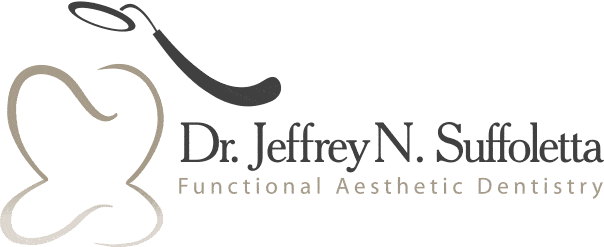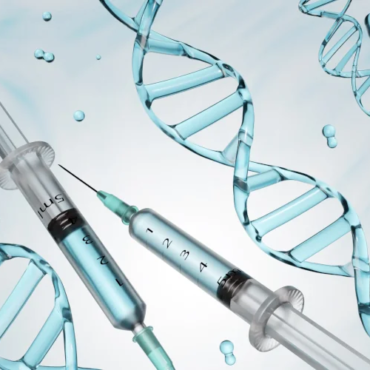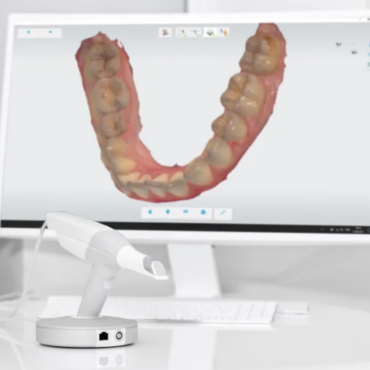Revolutionizing Oral Health Through Smart Dental Implants
Smart dental implant technology has seen remarkable advancements, with the integration of smart features that not only enhance the efficiency of the implantation process but also provide real-time insights into the implant’s performance and the surrounding oral environment. Let’s delve into the nuances of these innovations and their potential impact on patient experience.
Sensor Integration
Dental implant technology has evolved with the integration of sophisticated sensors, providing patients with a revolutionary level of insight into their oral health. These tiny sensors, seamlessly embedded in smart implants, work tirelessly to monitor essential parameters within the oral environment.
Patients can now experience a heightened awareness of their implant’s surroundings through real-time data on temperature, pressure, and pH levels. This personalized monitoring not only enhances clinical outcomes but also empowers individuals to actively engage in their oral care journey.
- Purpose:
- Sensors embedded in smart implants play a pivotal role in monitoring various physiological parameters.
- Applications:
- Measurement of temperature, pressure, and pH levels within the oral environment.
- Real-time data acquisition for precise assessment of the implant’s surroundings.
Related Article: Biocompatible and Biomimetic Dentistry
Monitoring Osseointegration
The osseointegration process, crucial for the success of dental implants, has become a transparent and collaborative experience for patients with the advent of smart implant technology. Continuous monitoring, facilitated by embedded sensors, offers patients a front-row seat to the fusion of implant and bone.
Real-time feedback (RTF) on bone integration provides not only reassurance but also allows patients to actively participate in their recovery journey. This innovative approach transforms the osseointegration phase from a passive waiting period to an interactive process, fostering a sense of partnership between the patient and their implant’s journey to stability and success.
- Purpose:
- Tracking the osseointegration process is vital for evaluating the success of dental implant procedures.
- Applications:
- Sensors provide continuous feedback on bone integration, ensuring stability and long-term success.
- Real-time monitoring to identify any deviations from the optimal osseointegration trajectory.
Load and Stress Monitoring
The incorporation of load and stress monitoring features in smart dental implants brings a new dimension to the patient experience. Patients undergoing dental implant procedures now benefit from a personalized understanding of how their implants function under various biting and chewing conditions. The sensors embedded in smart implants measure the forces exerted during everyday activities, providing valuable insights into the implant’s durability.
This real-time feedback not only enhances the patient’s confidence in the implant’s functionality but also allows for personalized care adjustments. Patients can actively participate in their oral care by being informed about potential stress points, fostering a sense of collaboration with their dental team for optimized implant performance.
- Purpose:
- Assessing the functionality and durability of dental implants under different biting and chewing conditions.
- Applications:
- Measurement of forces exerted during activities like biting and chewing.
- Identification of potential stress points, allowing for personalized care and adjustments.
Related Article: Dental Digital Impressions, Revolutionizing the Dental Experience
Infection Monitoring
Early detection of infection or inflammation is a critical aspect of ensuring the long-term success of dental implants. With smart implants equipped with infection-monitoring sensors, patients now experience a proactive approach to their oral health. These sensors are designed to detect signs of inflammation, providing immediate alerts to both patients and dentists.
This timely intervention not only minimizes the risk of complications but also empowers patients with knowledge about their oral health status. The patient experience is elevated as individuals actively engage in preventive measures, guided by real-time information, and become partners in the journey towards maintaining the health and integrity of their dental implants.
- Purpose:
- Early detection of infection or inflammation to prevent complications and ensure implant success.
- Applications:
- Sensors capable of detecting signs of inflammation and infection.
- Immediate alerts to both patients and dentists, facilitating timely intervention.
Related Article: What are the Current Developments in Dental Veneers?
Communication with External Devices
The integration of wireless communication capabilities in smart dental implants is reshaping the way patients engage with their oral health. Patients now experience seamless connectivity between their implants and external devices such as smartphones, tablets, or dedicated applications. This real-time data relay allows individuals to access vital information about their implant status, fostering a sense of transparency and control. As a result, the convenience of instant access to critical information empowers patients to actively participate in their oral care journey. Moreover, patients can conveniently monitor their implant’s performance, receiving updates and insights directly on their preferred devices, making dental care a more interactive and user-friendly experience.
- Purpose:
- Facilitating real-time data access for patients and dental care providers.
- Applications:
- Wireless communication enables data relay to smartphones, tablets, or dedicated devices.
- Seamless connectivity for remote monitoring and immediate access to critical information.
Related Article: Can I Smoke or Drink After A Tooth Extraction?
Remote Monitoring
The era of remote monitoring has arrived, providing patients with a level of convenience and flexibility previously unseen in dental care. Smart dental implants equipped with remote monitoring capabilities offer patients the ability to assess the status of their implants without the need for frequent in-person appointments. This transformative feature not only reduces the burden of clinic visits but also enhances accessibility to oral health data. As a result, patients can actively engage in proactive management, receiving real-time updates and insights remotely. This patient-centric approach aligns with modern lifestyles, thus allowing individuals to take charge of their oral health with ease, convenience, and confidence.
- Purpose:
- Providing a convenient way to assess the status of dental implants without frequent in-person appointments.
- Applications:
- Patients and dentists access implant data remotely.
- Proactive management, reducing the need for unnecessary clinic visits.
Related Article: Yes, Cannabis Affects Dental Health: Problems and Considerations
Enhanced Patient Engagement
- Purpose:
- Improving patient engagement by providing personalized insights into oral health.
- Applications:
- Access to real-time implant data, thus encouraging proactive involvement in oral care.
- Increased motivation for patients to adhere to recommended hygiene practices.
Research and Development
- Purpose:
- Exploring additional functionalities to further refine smart implant technology.
- Applications:
- Ongoing research into bioactive materials and drug delivery systems.
- Continuous enhancements for improved biocompatibility, longevity, and overall implant performance.
Related Article: The Evolution of Aesthetic Dentistry
Patient Experience with Smart Implants
The integration of smart features in dental implants significantly enhances the patient experience. Patients can expect:
- Personalized Monitoring:
- Real-time data allows for personalized monitoring, enabling tailored care plans based on individual oral health needs.
- Timely Intervention:
- Immediate alerts for potential issues, such as infection or stress, enable timely intervention, preventing complications and ensuring the long-term success of the implant.
- Reduced Clinic Visits:
- Remote monitoring minimizes the need for frequent in-person appointments, providing convenience and reducing the overall burden on patients.
- Active Engagement:
- Access to implant data fosters active patient engagement, motivating individuals to take a proactive role in their oral health and follow recommended care practices.
Smart dental implants represent a paradigm shift in oral healthcare, offering not only enhanced clinical outcomes but also empowering patients to actively participate in their oral well-being. As research and development in this field continue, the future holds the promise of even more sophisticated and patient-centric smart implant technologies.





